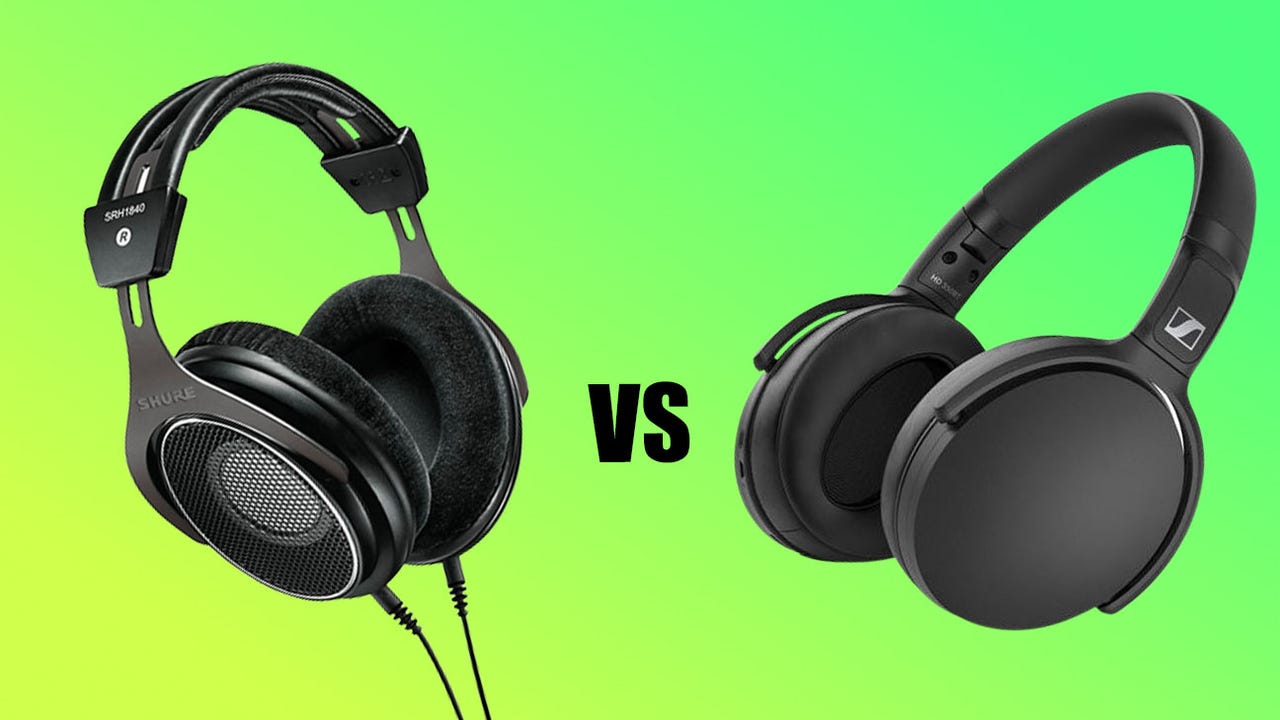'ZDNET Recommends': What exactly does it mean?
ZDNET's recommendations are based on many hours of testing, research, and comparison shopping. We gather data from the best available sources, including vendor and retailer listings as well as other relevant and independent reviews sites. And we pore over customer reviews to find out what matters to real people who already own and use the products and services we’re assessing.
When you click through from our site to a retailer and buy a product or service, we may earn affiliate commissions. This helps support our work, but does not affect what we cover or how, and it does not affect the price you pay. Neither ZDNET nor the author are compensated for these independent reviews. Indeed, we follow strict guidelines that ensure our editorial content is never influenced by advertisers.
ZDNET's editorial team writes on behalf of you, our reader. Our goal is to deliver the most accurate information and the most knowledgeable advice possible in order to help you make smarter buying decisions on tech gear and a wide array of products and services. Our editors thoroughly review and fact-check every article to ensure that our content meets the highest standards. If we have made an error or published misleading information, we will correct or clarify the article. If you see inaccuracies in our content, please report the mistake via this form.
Open-back vs. closed-back headphones: How to choose

Open-back versus closed-back headphones
The way everyone experiences sound is subjective. We all have our preferences when it comes to audio software, but the actual design of the headphones is an often overlooked spec that's just as important in fine-tuning your listening preferences.
Also: Headphones: A beginner's guide to terminology and technology
One of the biggest headphone decisions you have to make is between open or closed-back. What exactly does that mean and which ones are right for you? Read on.
Open-back headphones: An overview
Open-back headphones have an open structure -- meaning the ear cans either don't fasten on the headband or have some sort of perforation that allows air to more easily pass through.
The perforation is an engineering tactic for the headphone's driver to vibrate freely. In open-back headphones, the driver, the speaker inside the headphone responsible for the sound you hear, vibrates without hindrance from a physical barrier (i.e. the headphone shell). The driver's unobstructed movement eliminates low-frequency build-up that often produces unwanted vibration when the bass is low or a low-humming sound layer.
Also: The best headphones
On the comfort front, the extra ventilation from open-back headphones also leaves room for your ear to breathe, so you may not have to sacrifice good quality sound for unwanted pressure build-up.
Below are the pros and cons of listening with open-back cans.
Pros of open-back headphones
If you need headphones for more critical listening experiences -- music production or mastering audio, for example -- open-back headphones often make for a more "accurate" original sound experience. The headphone driver's free range movement usually eliminates or lessens the amplification of low-frequency sounds that can give an annoying buzz layer over the original audio. Without that as a factor, you can usually be sure that the audio you're listening to is pure in its sound, regardless of frequency.
Review: Beyerdynamic DT 900 PRO X: Brutally honest sound for under $300
The more airy design also makes the headphones more comfortable to wear for longer periods of time, which is good for if you're planning on long sessions in a studio mixing and mastering music or critically listening to audio for long hours.
Cons of open-back headphones
Open-back headphones are great for if you're listening to music in an already isolated, relatively quiet space. But the open design makes more space for both air and sound to pass through -- which makes room for ambient sound to make its way in and audio to leak out. That said, they're not the best for blasting music while sitting next to a coworker or a stranger on your morning commute, or at the gym.
Also: 5 tips for preventing hearing loss caused by headphones
With the perforated designs and possible non-direct can-to-headband connectivity -- which usually provides support -- open-back headphones are more fragile and even flimsy. Therefore, open-back headphones need to be treated more delicately than headphones you'd just throw in a bag and go.
Lastly, most open-back headphones fall on the higher-end side of the market. Because they're great for critical listening, most are designed to give the clearest and fullest sound -- and that experience comes with a higher price tag. So it's important to do your research when it comes to selecting the right pair of open-back headphones, as they are an investment.
Closed-back headphones: An overview
These are probably what you think of when you picture over-ear headphones: these headphones cup your ear, connected via headband. There are no extra gaps or dimpled shells.
Rather than employing ventilation, closed-back headphone drivers are physically barricaded. While this design helps with sound leakage, you may experience some amplification of low-frequency hums and physical pressure build-up around your ears.
Review: Sony's WH-1000XM5 headphones are basically perfect
If you're using these for mixing and producing, keep in mind that the pressure from the design may squeeze frequencies and result in a more synthetic than "natural" sound. But, these are a great option for on-the-go, casual listening.
Pros of closed-back headphones
Closed-back cans do create a seal around your ear, which means less sound leakage -- both in and out of the headphones. If you are planning on using headphones as a commuter, at the gym, or at work, they're a more considerate option than open-back.
Closed-back headphones are also generally more sturdy. So if you plan on keeping these in your gym bag or work tote, there's less of a chance of them breaking.
Also: The top noise-canceling headphones
Another perk of closed-back headphones is their broad availability across the market. With closed-back headphones, you can usually find a pair that does the job for a more affordable price. Of course, it depends on the brand, but a dependable pair of reasonably priced closed-back headphones may be easier to find than open-backs.
Cons of closed-back headphones
Closed-back headphones' sealed design does slightly obstruct the driver and cause frequencies -- especially lower ones -- to resonate and either "boost" the sound or make for a fuzzy layer over the original audio. Simply put, the more locked-in design can block out sound but also block for a more "accurate" listening experience.
Also: How do noise-canceling headphones work?
After a long listening period, the cupped design that keeps sound in can also start to hurt your ears. So if you do plan on using these for hours on end, this listening accessory probably won't go unnoticed.
If you're interested, below is an example of closed-back headphones on the market right now.
Bottom line
When it deciding which headphones to invest it, it comes down to where and when you're listening to audio, how much you're willing to spend, and what you're listening for. If you're serious about mixing or audio production, it may be worth investing in an open pair for long studio hours of critical listening. But if you plan on using these headphones more for your commute, work life, or exercise routine, I'd keep the sound to myself and opt for a durable pair of closed-backs.
FAQs
Are open-back or closed-back headphones better?
Open and closed back headphones serve different purposes. If you want more ventilation and a more "natural," open sound, open-back may be better -- especially for critical listening. However, for on-the-go, not-as-private situations, closed-back headphones do a better job controlling sound leakage.
Are open-back or closed-back headphones better for mixing?
Traditionally, open-back headphones are used more for mixing, as their absence of low-frequency amplification provides a more "accurate" original sound. Especially if you're mixing in a quiet studio for hours, open-back headphones may be the most comfortable and productive option.
Are open-back or closed-back headphones better for gaming?
Most gamers do prefer open-back headphones for gaming since they give a more natural sound and are more comfortable for long-term wear.
What are semi-open-back headphones?
A hybrid of both designs, semi-open-back headphones are essentially a less perforated version of open-back headphones. They're a bit less fragile, but still have some ventilation for the driver to freely move -- also reducing some of those low-frequency hums. Keep in mind that semi-open-back headphones still leak out sound and are better for private listening.
